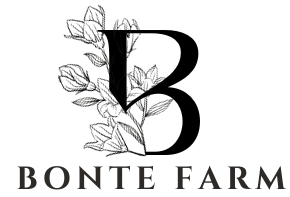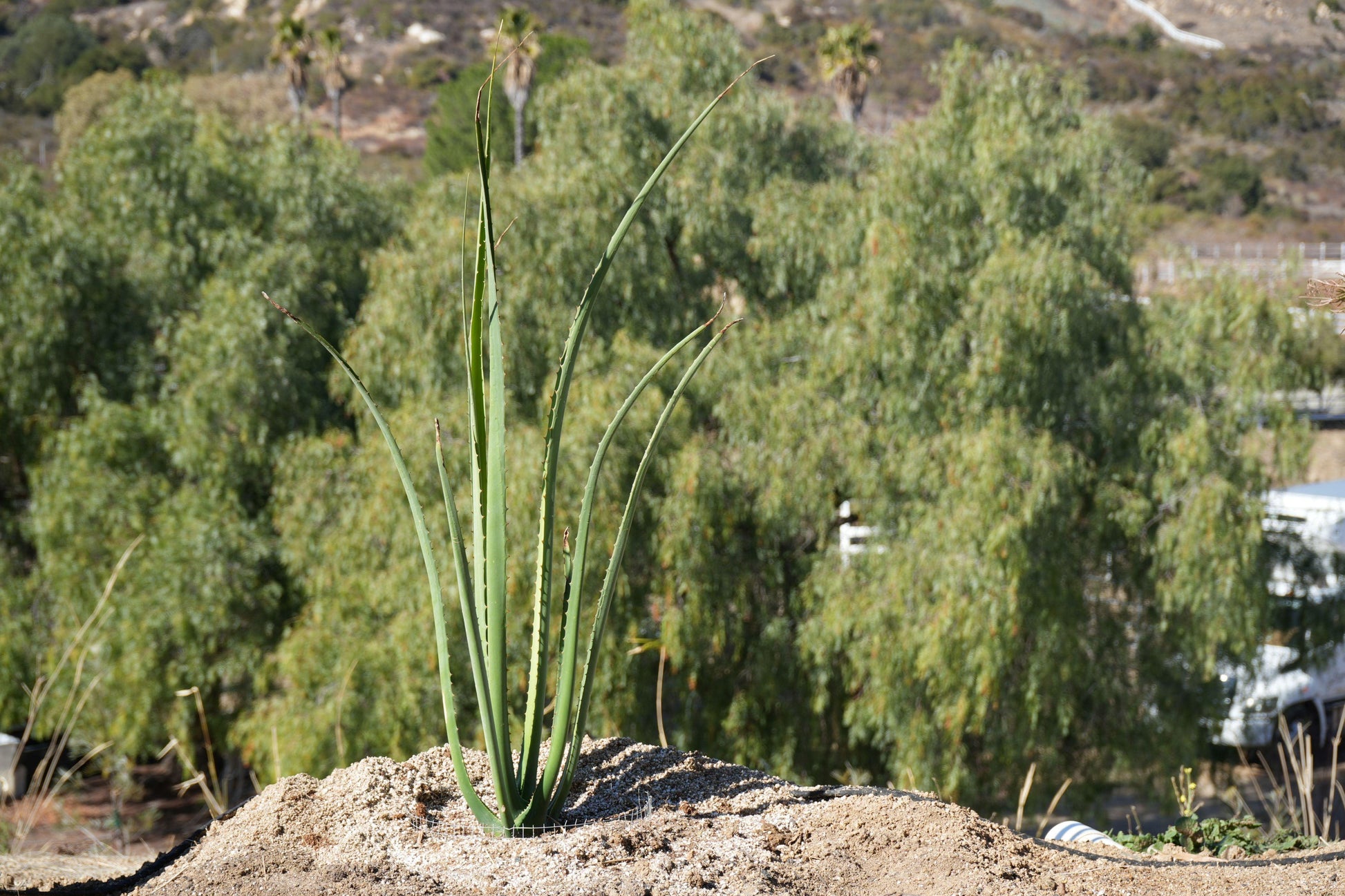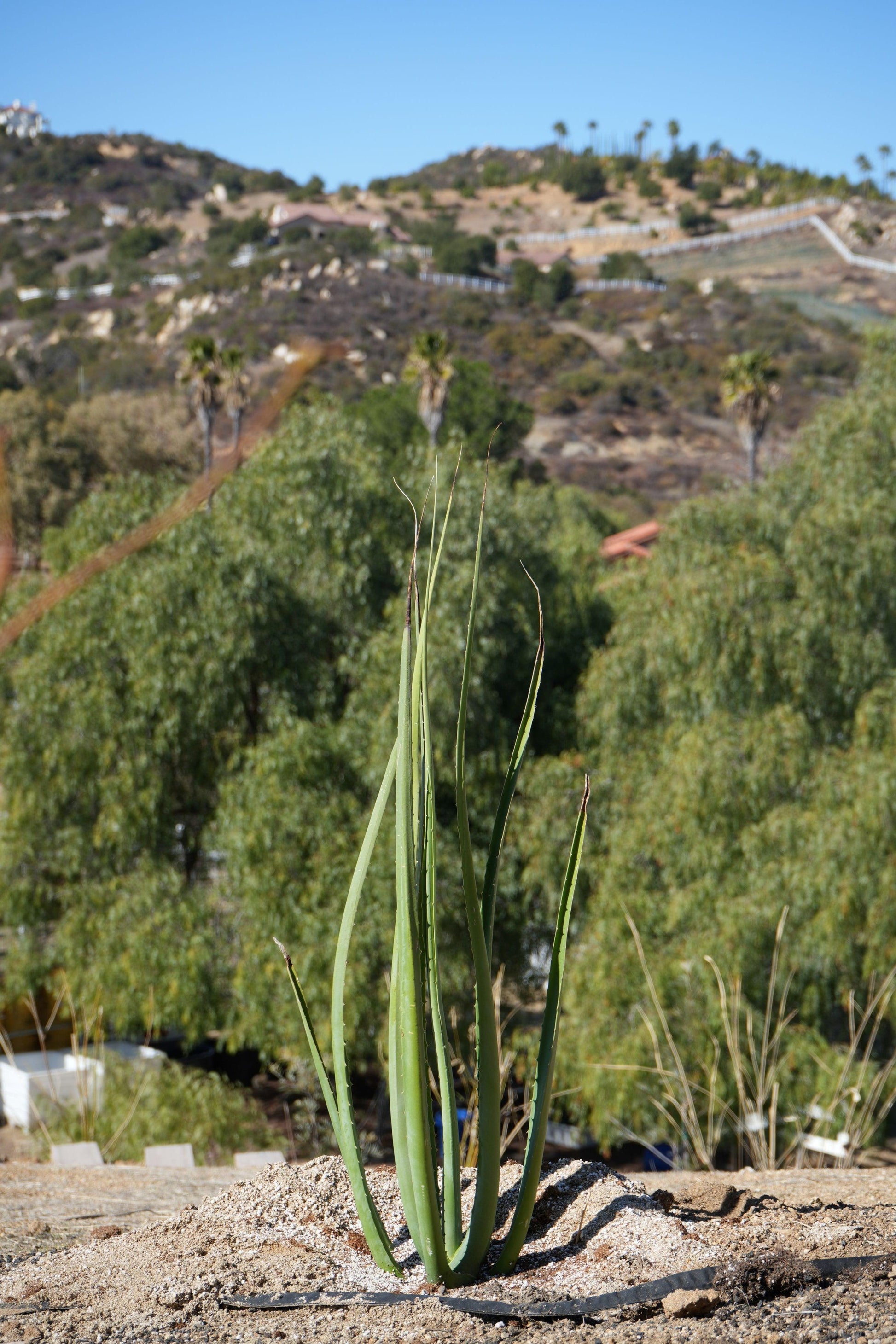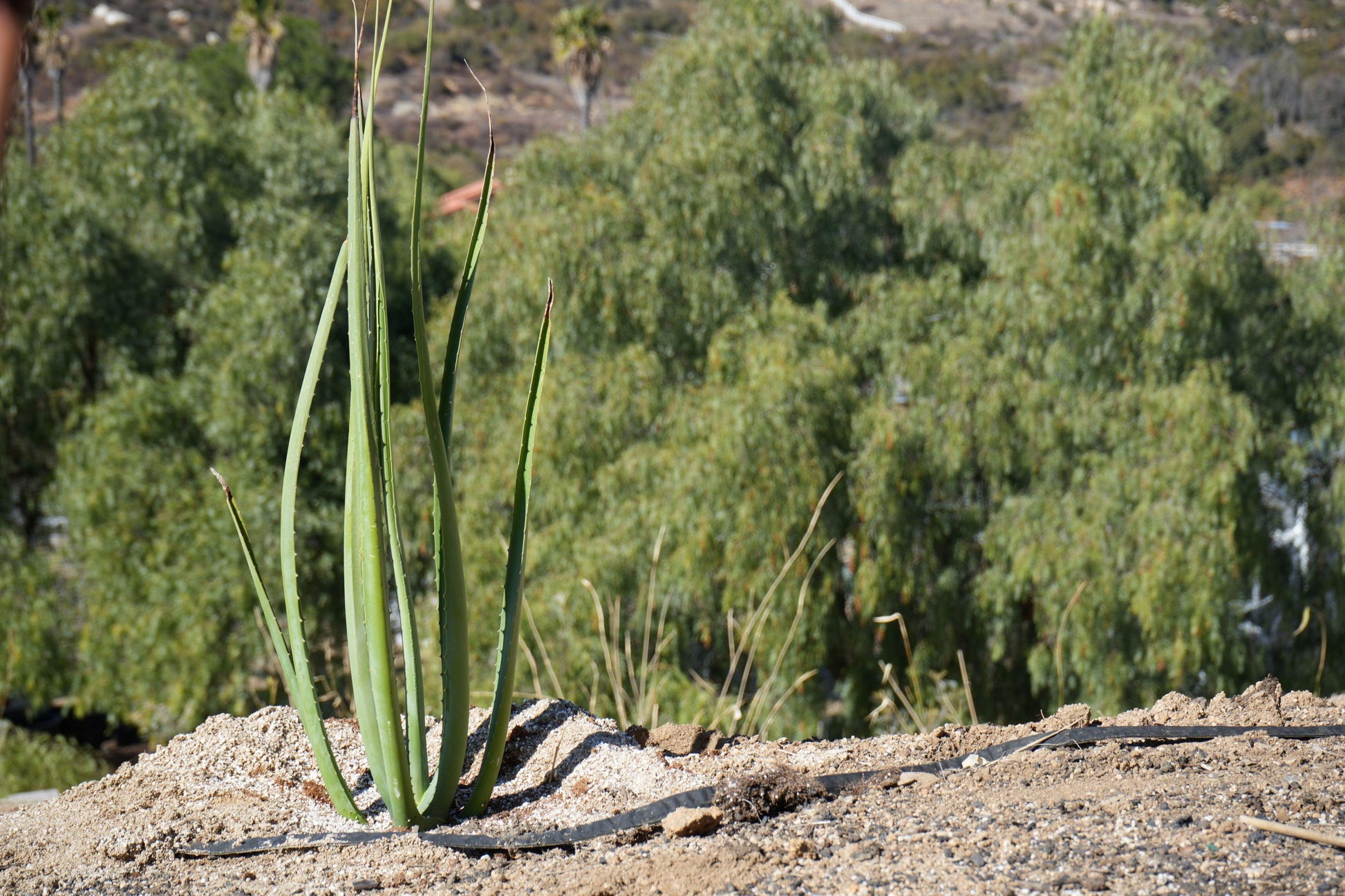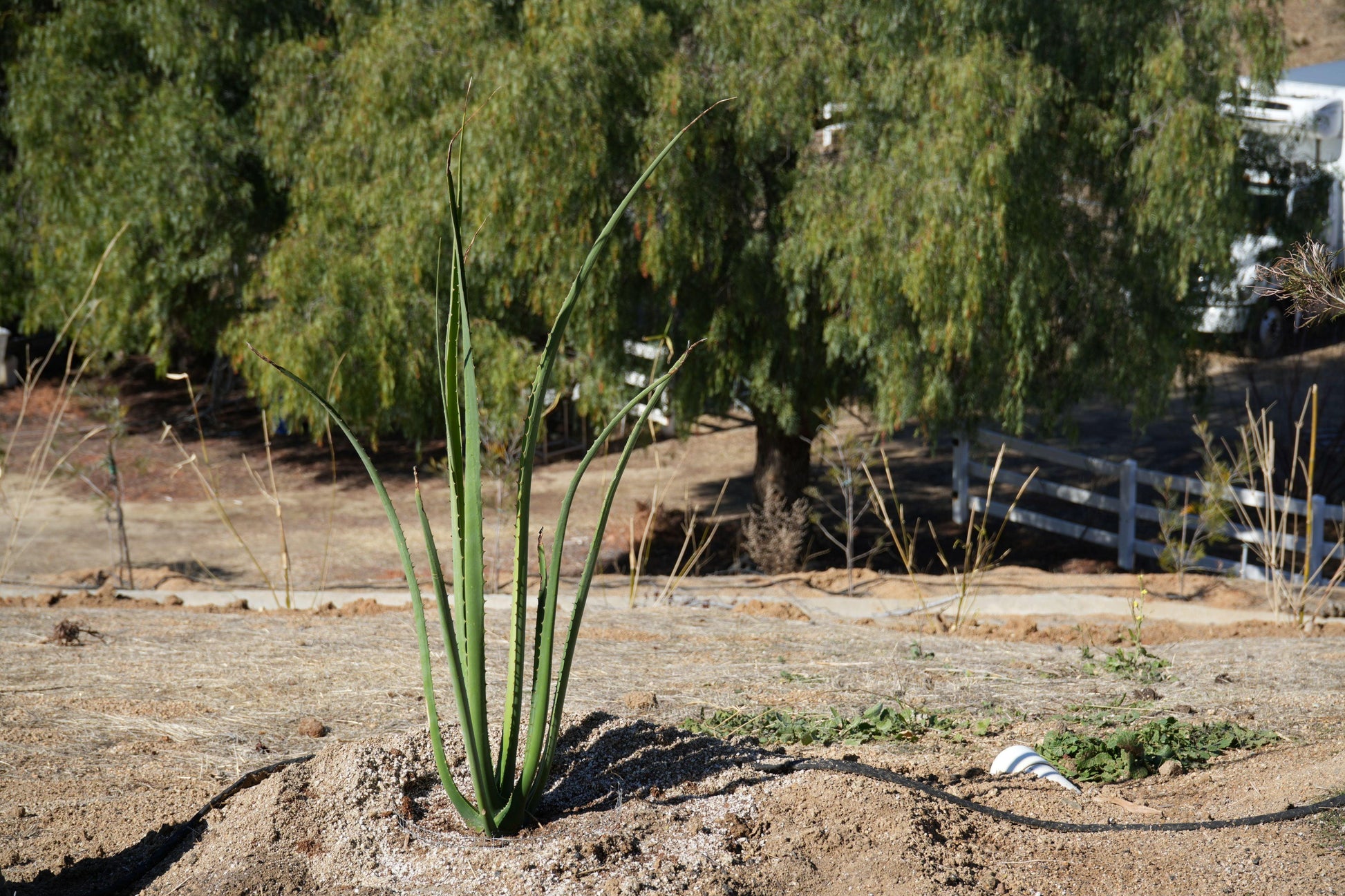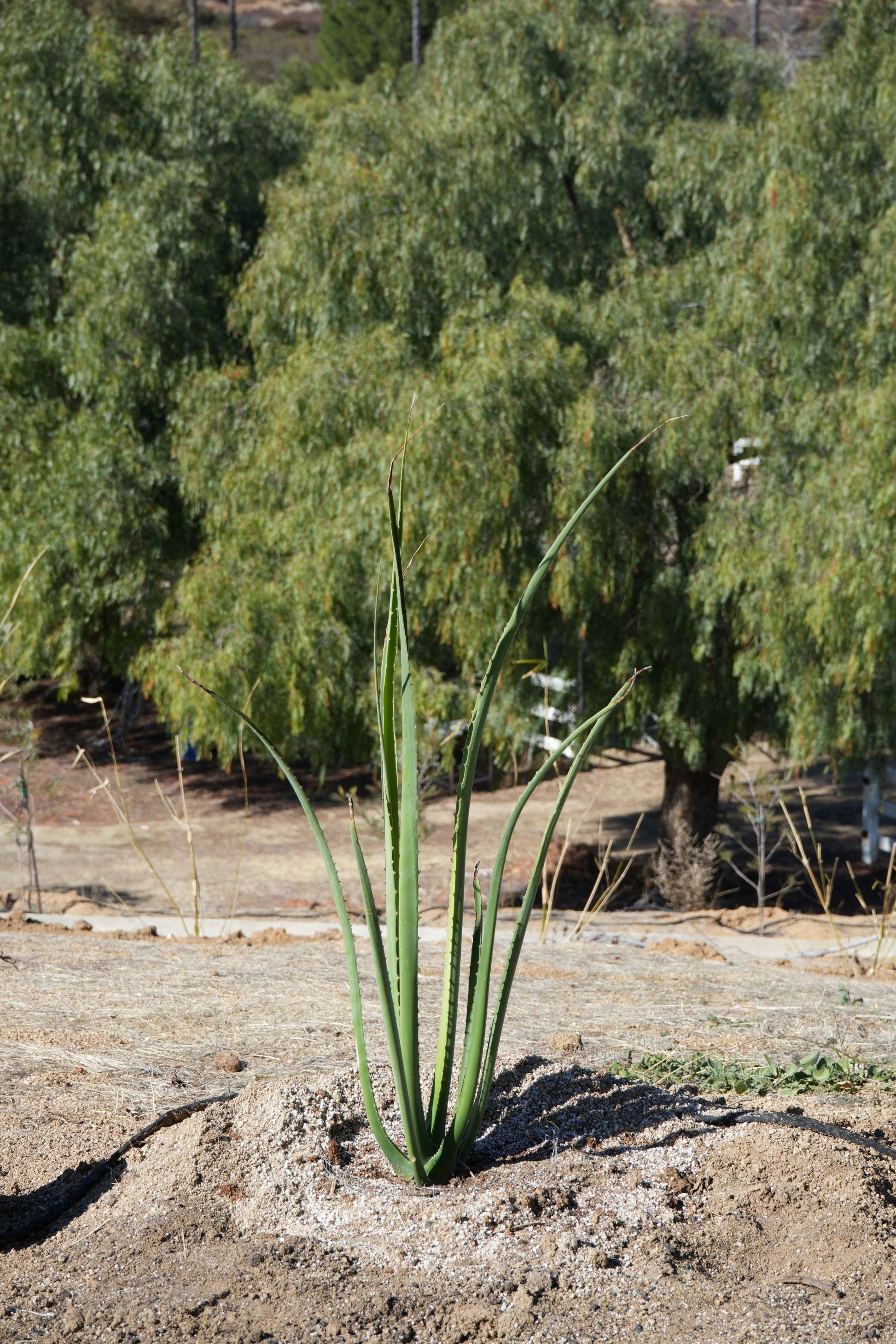Bonte Farm
Furcraea macdougalii: Perfect for Drought-Tolerant Gardens
Furcraea macdougalii: Perfect for Drought-Tolerant Gardens
Couldn't load pickup availability
Furcraea macdougalii: The Majestic Green Agave for Your Landscape
Furcraea macdougalii, often called the Green Agave or False Agave, is a striking succulent native to Mexico. Prized for its large, dramatic rosettes of broad, pale green leaves and impressive flowering stalks, this architectural specimen creates a bold statement in any landscape. Its relatively easy care and drought tolerance make it a popular choice for arid and semi-arid gardens.
A Statement Piece:
- Dramatic Foliage: Furcraea macdougalii's most recognizable feature is its large, symmetrical rosettes of thick, fleshy leaves. The pale green color provides a cool, calming contrast in the landscape.
- Impressive Flowering: Mature plants produce towering flower stalks that can reach several feet in height, adorned with numerous creamy white, bell-shaped flowers.
Botanical Characteristics:
- Scientific Name: Furcraea macdougalii
- Common Names: Green Agave, False Agave
- Growth Habit: Rosette-forming succulent.
- Foliage: Broad, fleshy, pale green leaves with smooth margins (generally lacking spines).
- Mature Size: Rosettes can reach 4-6 feet (1.2-1.8 meters) in diameter and 3-4 feet (0.9-1.2 meters) tall. Flowering stalks can reach 10-15 feet (3-4.5 meters) tall.
- USDA Hardiness Zones: 9-11. Thrives in warm, frost-free to mild climates.
Cultivation and Care:
- Sunlight: Prefers full sun to partial shade. In extremely hot, arid climates, some afternoon shade is beneficial.
- Soil: Requires well-drained soil. Amend heavy clay soils with sand, perlite, or other drainage-improving materials. Avoid waterlogged conditions.
- Water: Drought-tolerant once established. Water deeply but infrequently, allowing the soil to dry out between waterings. Overwatering can lead to root rot.
- Fertilizer: Generally does not require heavy fertilization. A light feeding with a balanced fertilizer during the growing season (spring and summer) can be beneficial.
- Temperature: Prefers warm temperatures and is tolerant of heat. Protect from prolonged frost.
- Pruning: Minimal pruning is required. Remove dead or damaged leaves as needed. After flowering, the main rosette will die back, but offsets (pups) will develop at the base, continuing the plant's life cycle.
Landscape Use:
- Specimen Plant: Ideal as a focal point in gardens, parks, and succulent landscapes. Its large size and dramatic form create a striking visual impact.
- Container Plant: Can be grown in large containers, especially when young. Ensure the container has adequate drainage.
- Xeriscaping: Perfect for water-wise gardens due to its drought tolerance.
- Coastal Gardens: Tolerates salt spray, making it suitable for coastal landscapes.
Wildlife Attraction:
- Pollinators: The flowers attract pollinators such as bees, moths, and hummingbirds.
Pest and Disease Resistance:
- Furcraea macdougalii generally resistant to most pests and diseases. Snails and slugs may occasionally be a problem. Root rot can occur in poorly drained soils.
Propagation:
- Primarily propagated by offsets (pups) that develop at the base of the mother plant. These can be carefully removed and potted up once they have developed their own root system. Seed propagation is also possible but less common.
Incorporating into Furcraea macdougalii into Your Landscape:
- Placement: Choose a sunny location with well-drained soil, allowing ample space for its mature size.
- Companion Plants: Pair with other drought-tolerant plants such as yuccas, agaves, aloes, and other succulents for a visually appealing and water-wise landscape.
- Winter Protection: In marginal climates, provide winter protection if temperatures dip below freezing.
Relevant Plants: Green Agave, False Agave, succulent, drought-tolerant plant, specimen plant, landscape plant, xeriscaping, container plant, USDA zone 9, USDA zone 10, USDA zone 11, rosette-forming succulent, architectural plant, unique plant, Mexican native plant, succulent landscape, coastal garden plant.
Share
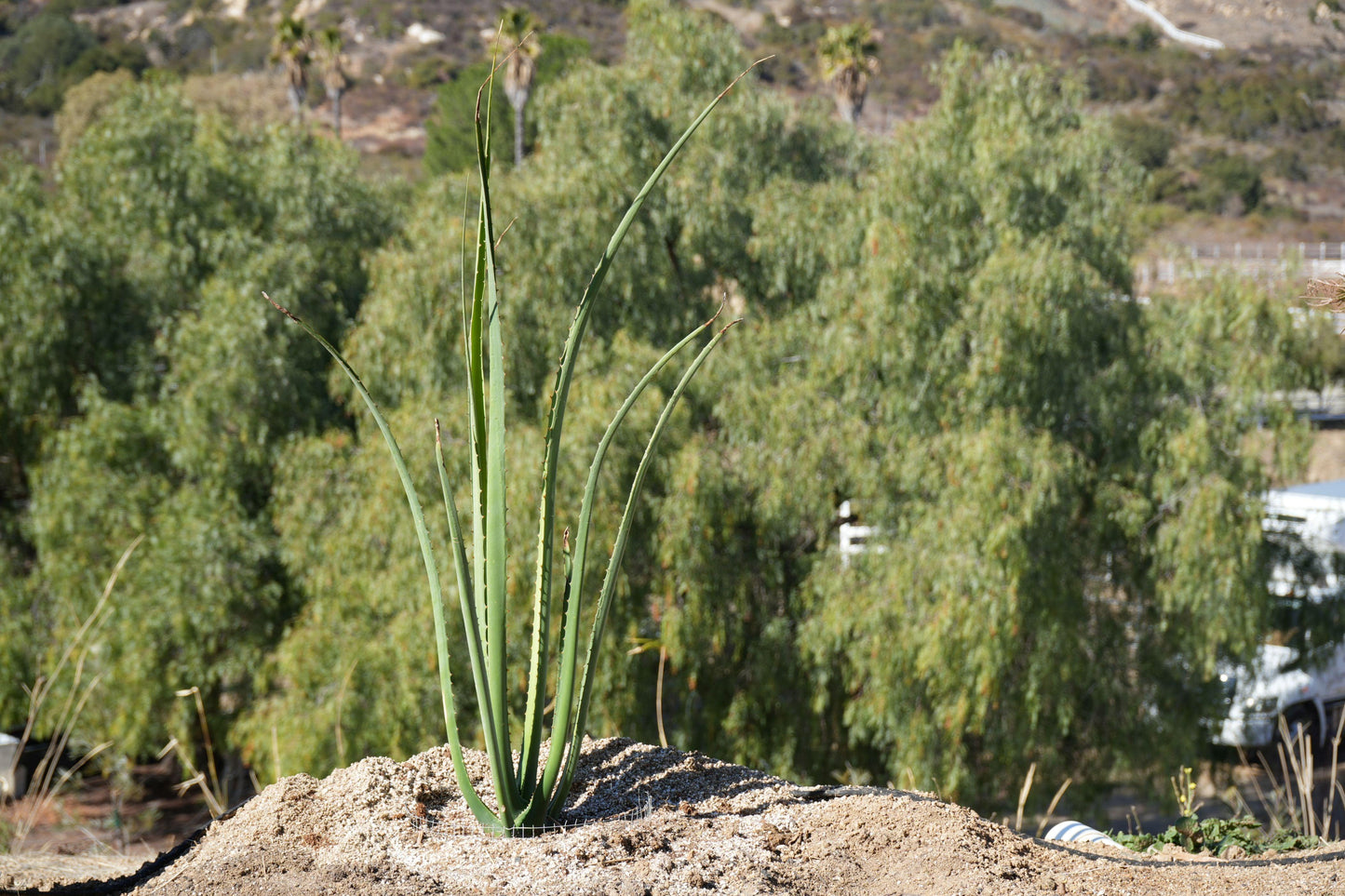
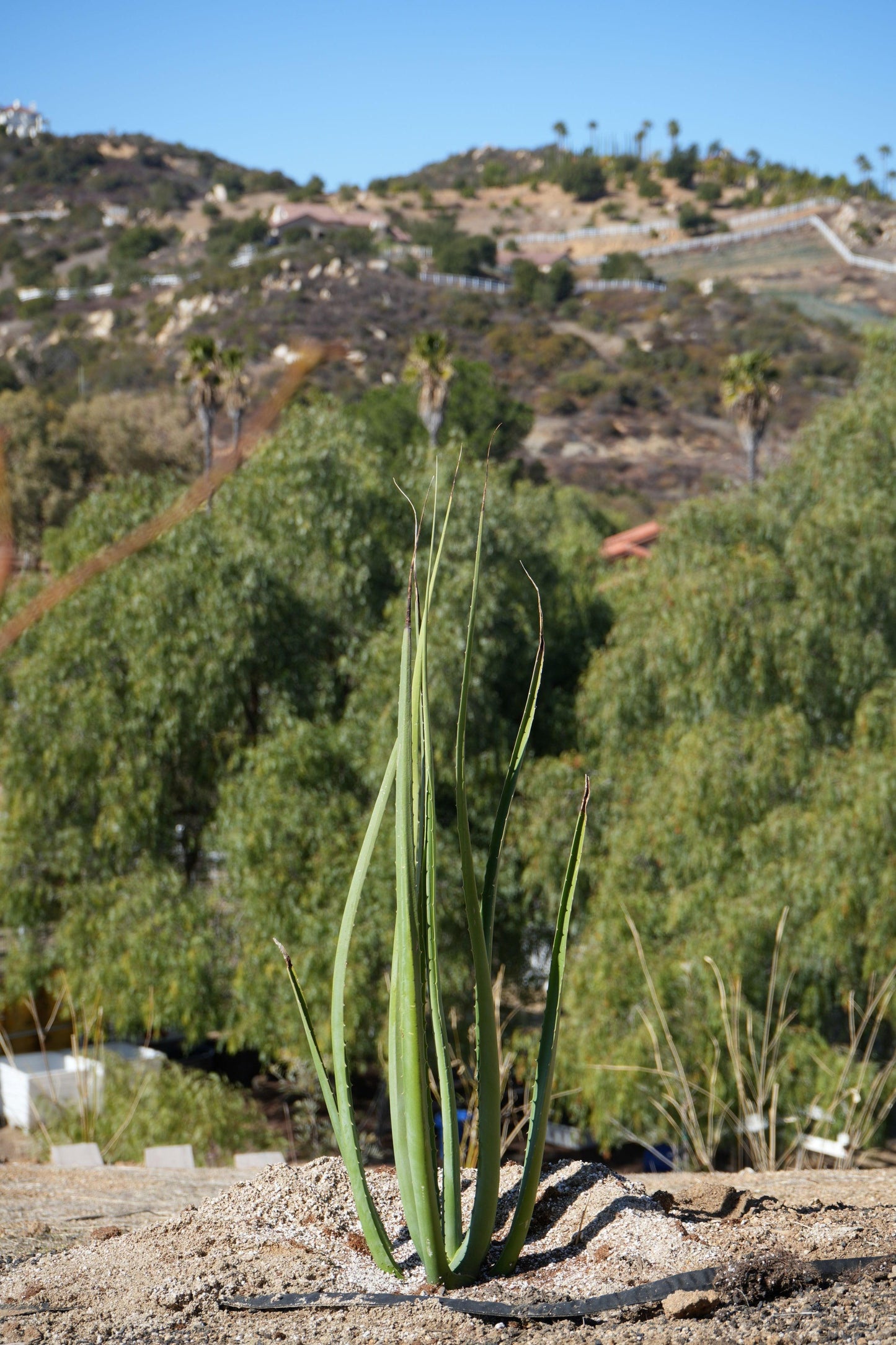
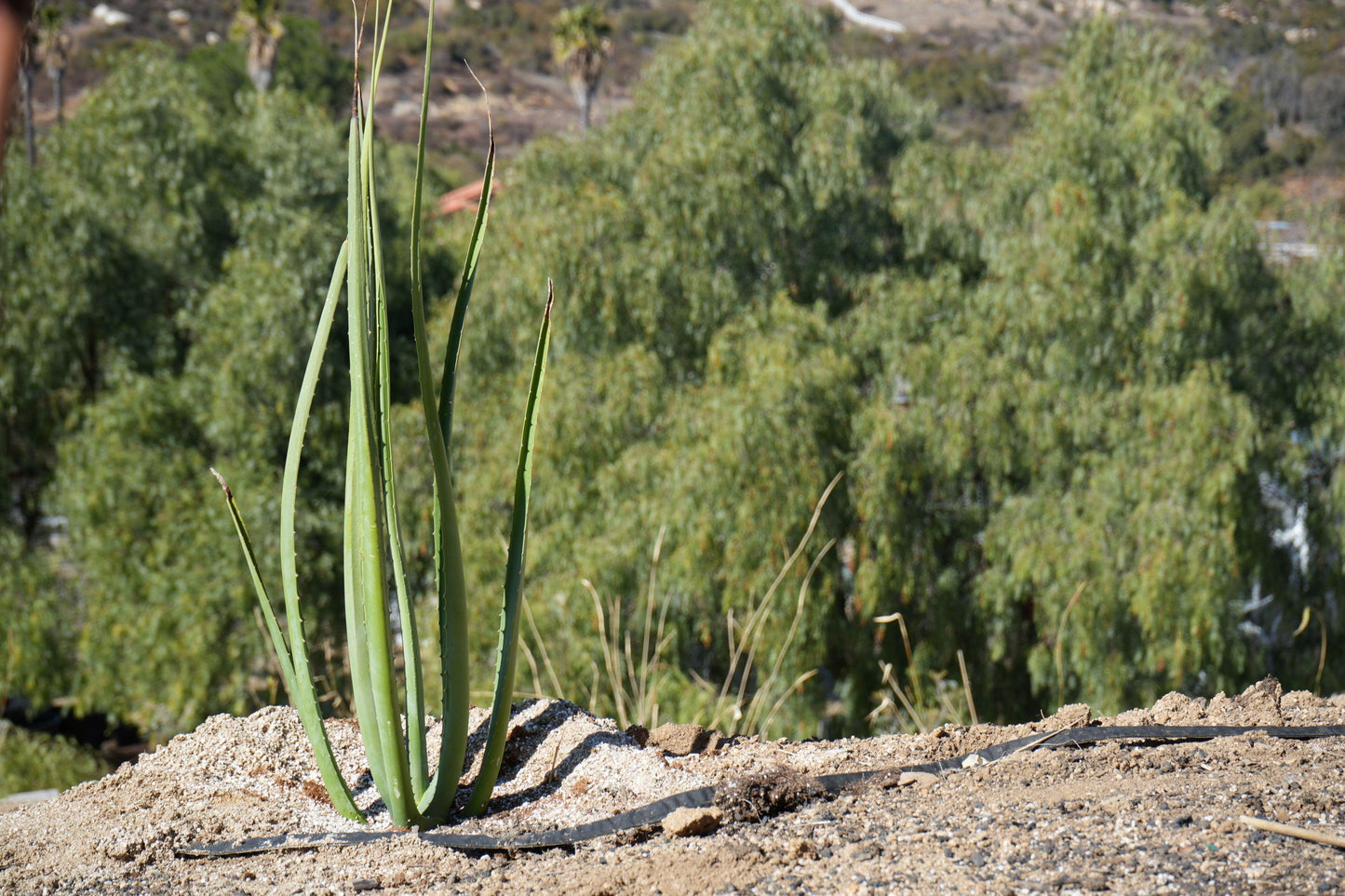
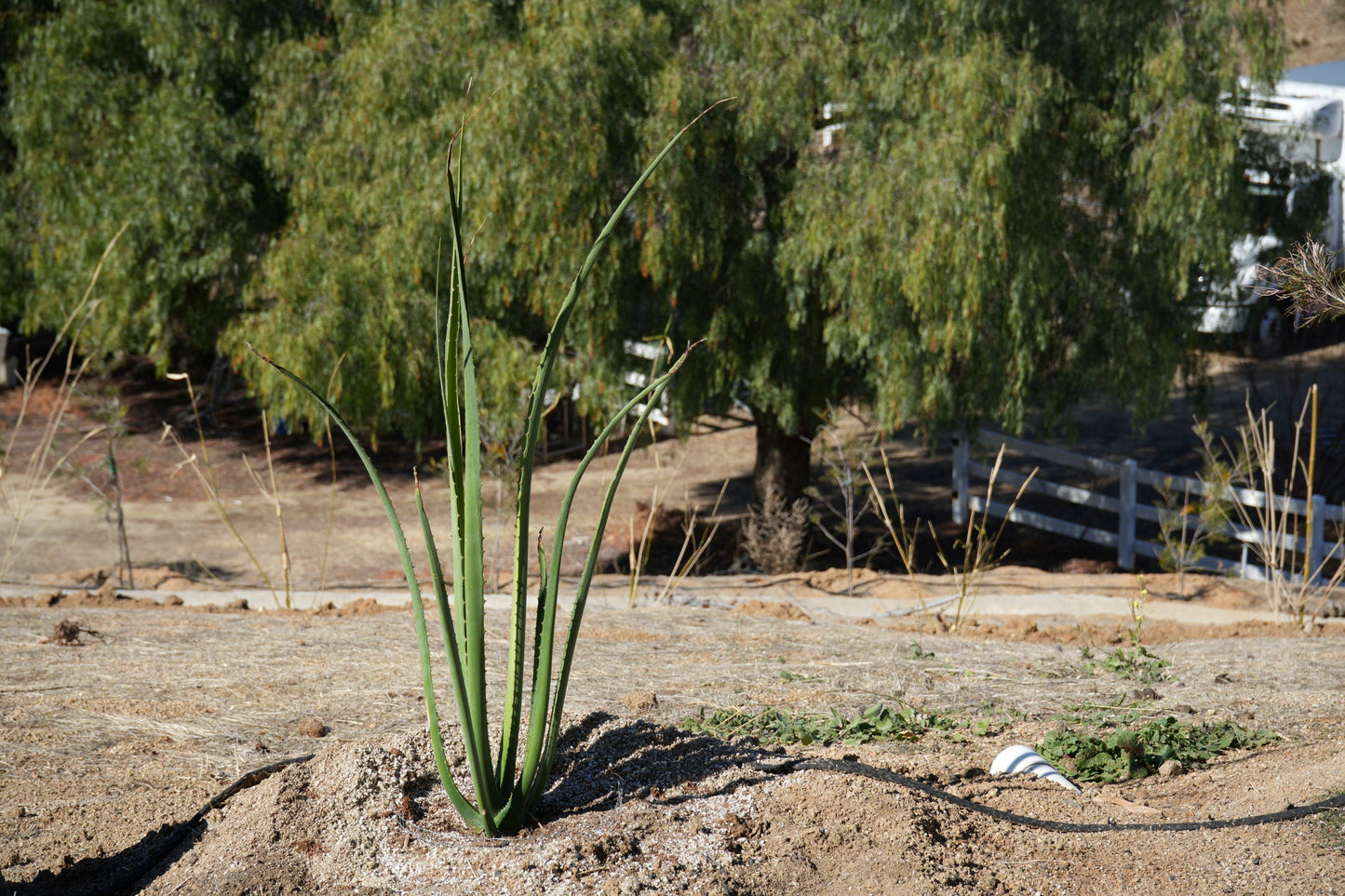
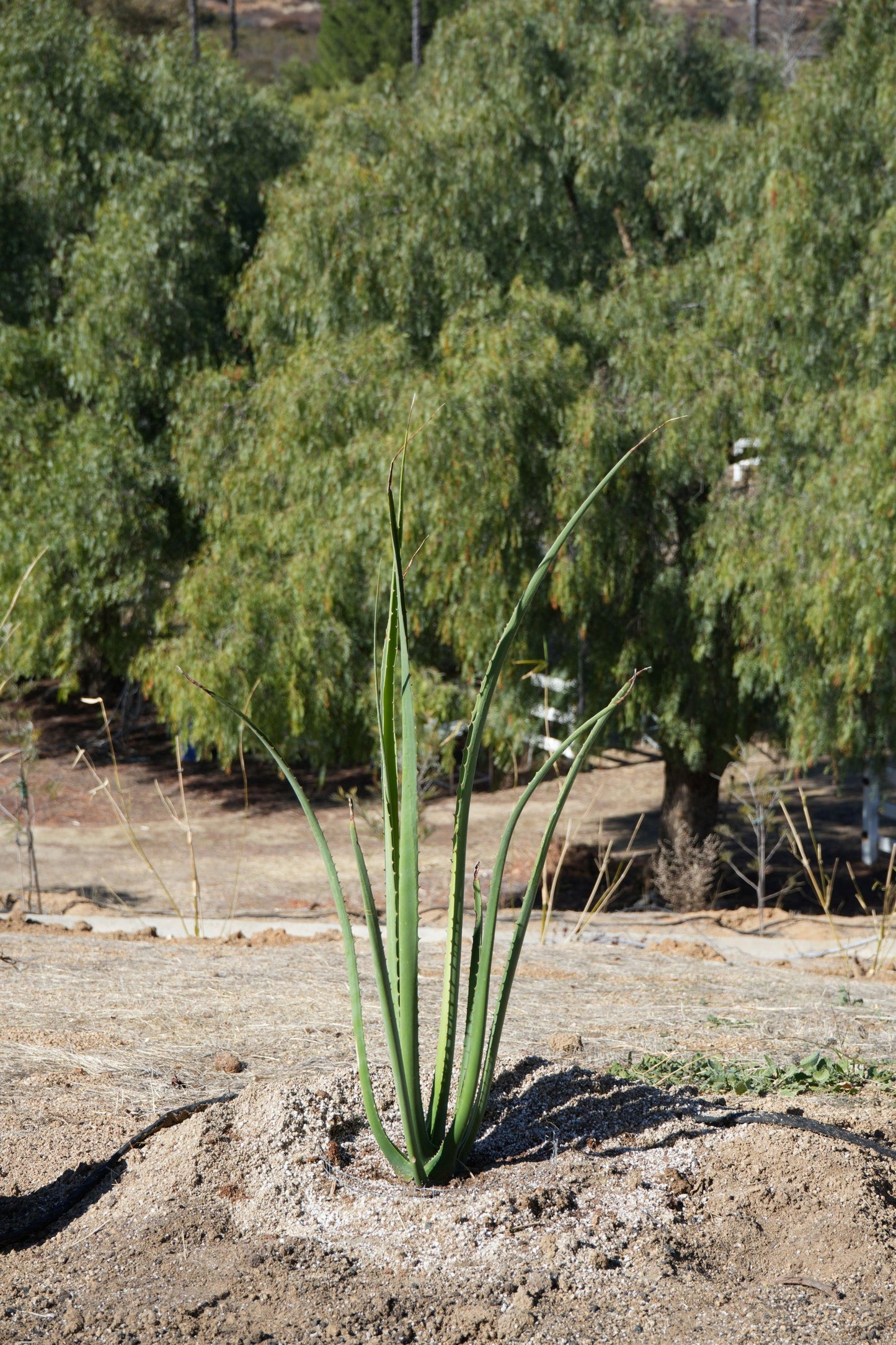
FAQs
Got a question? We are here to answer
